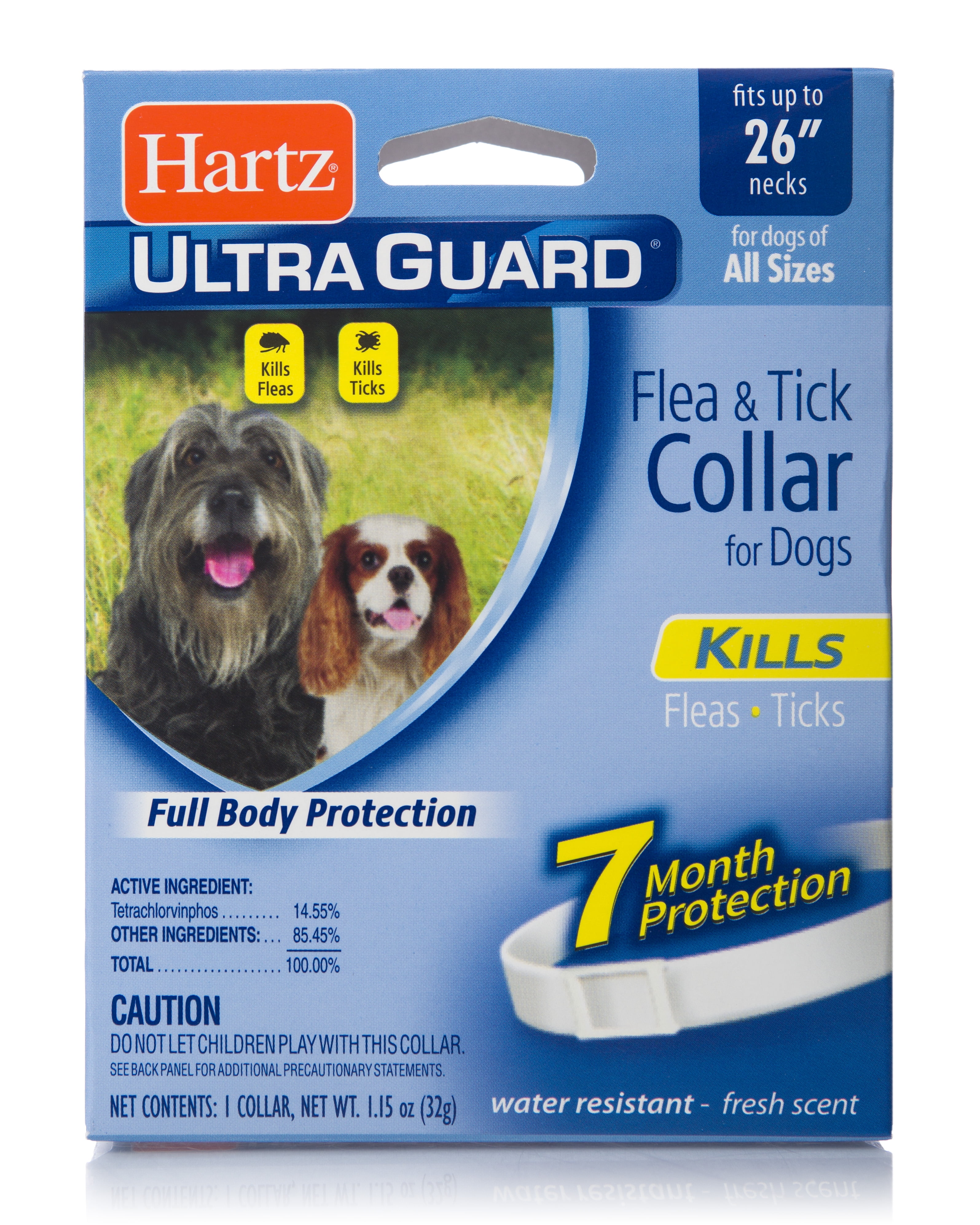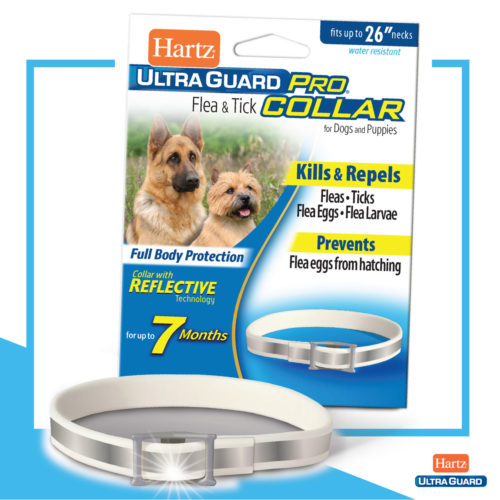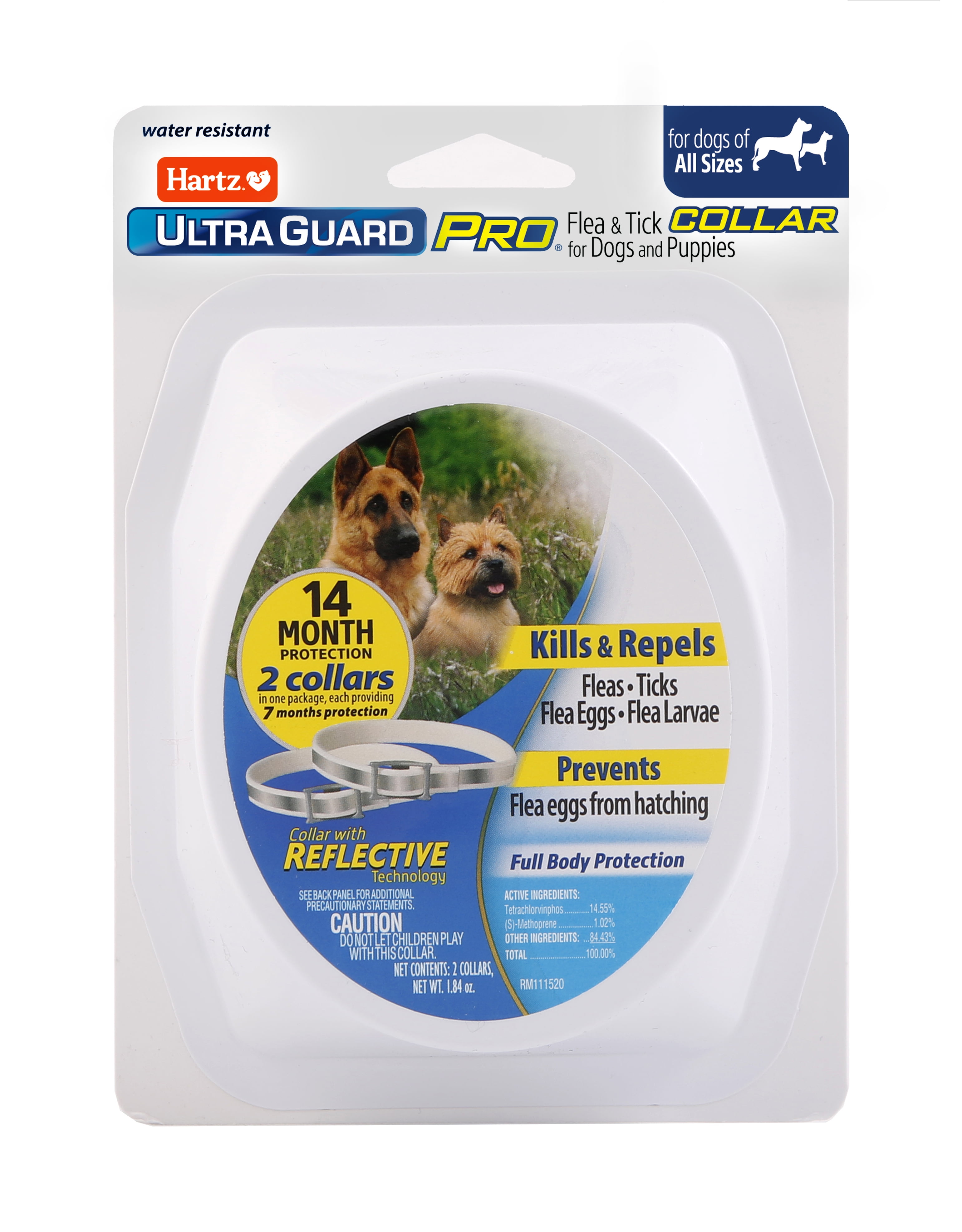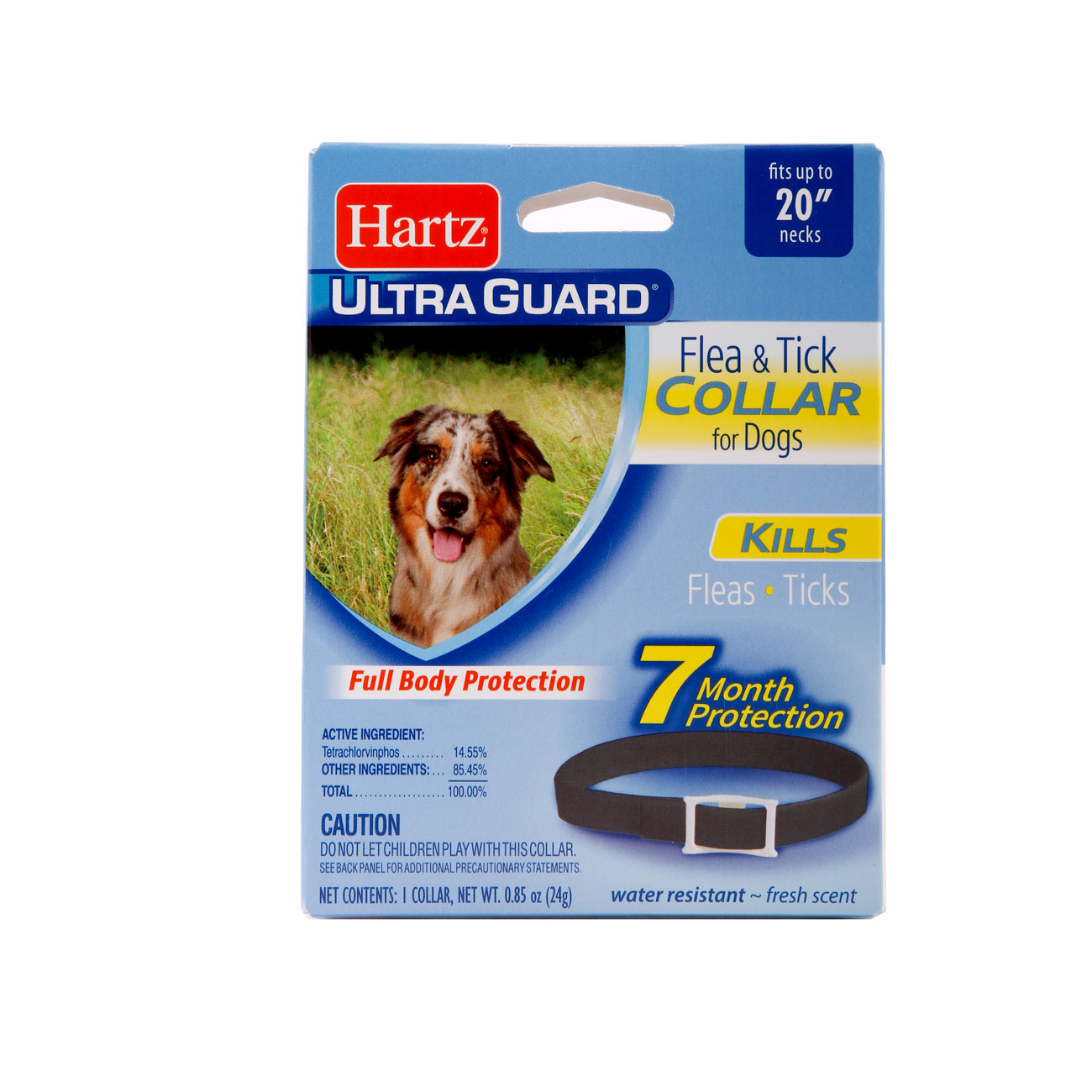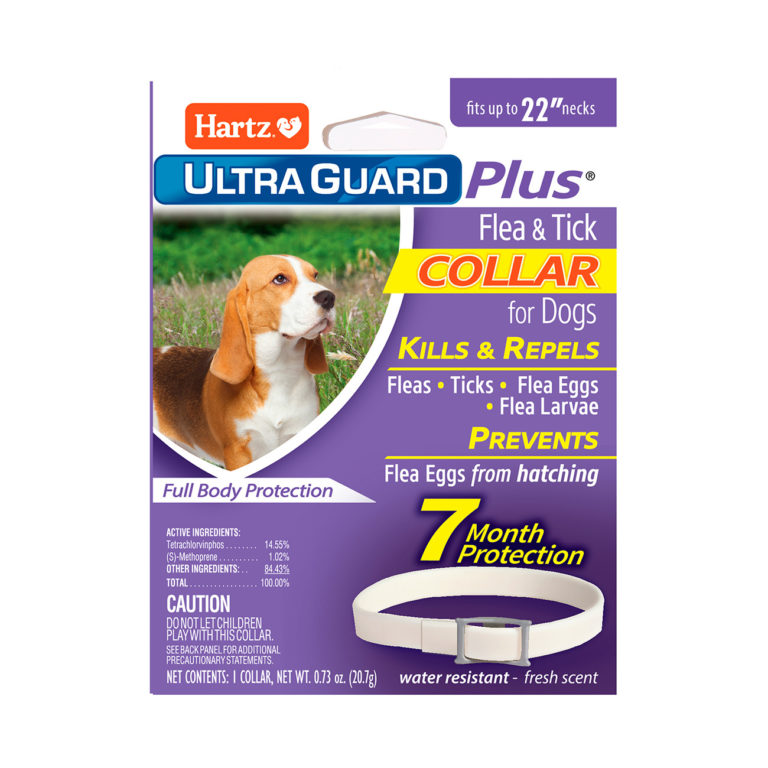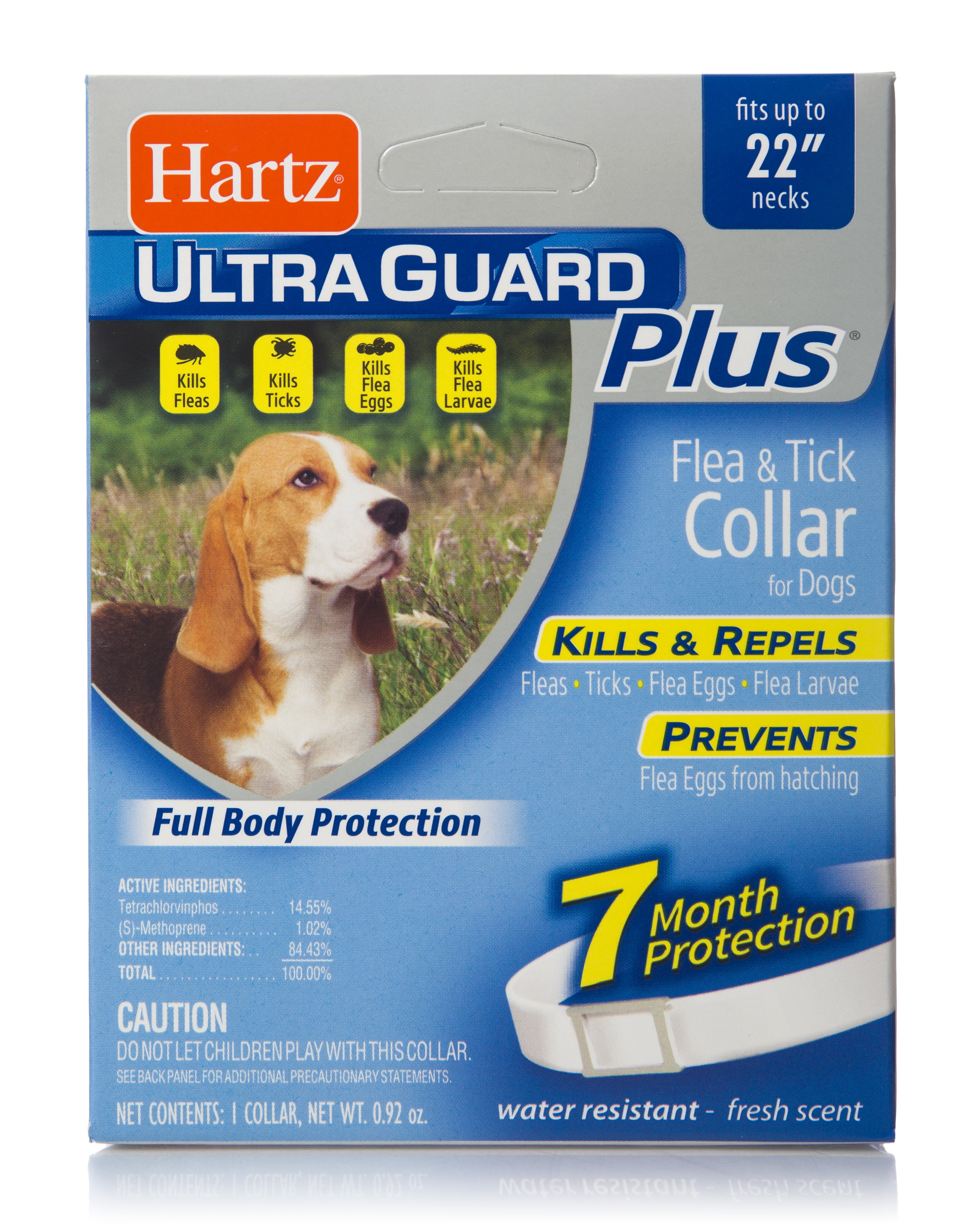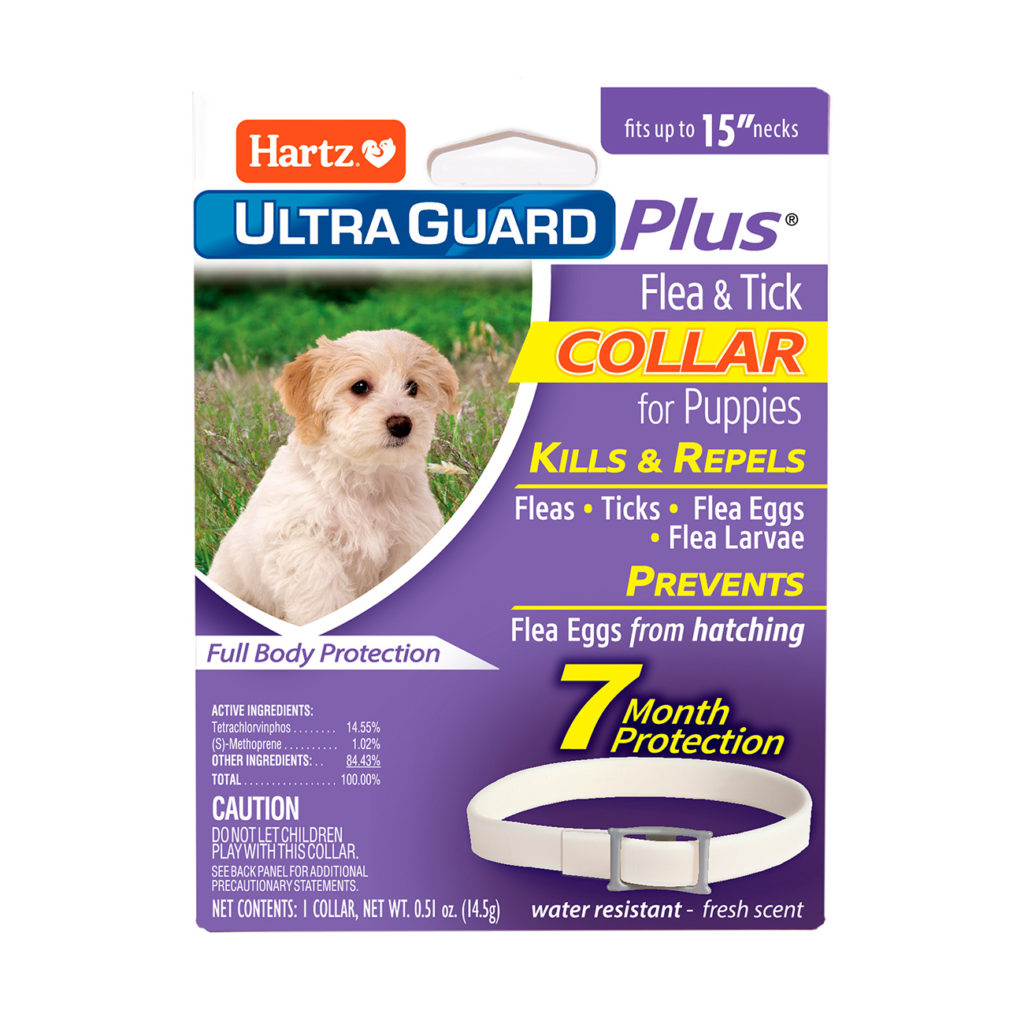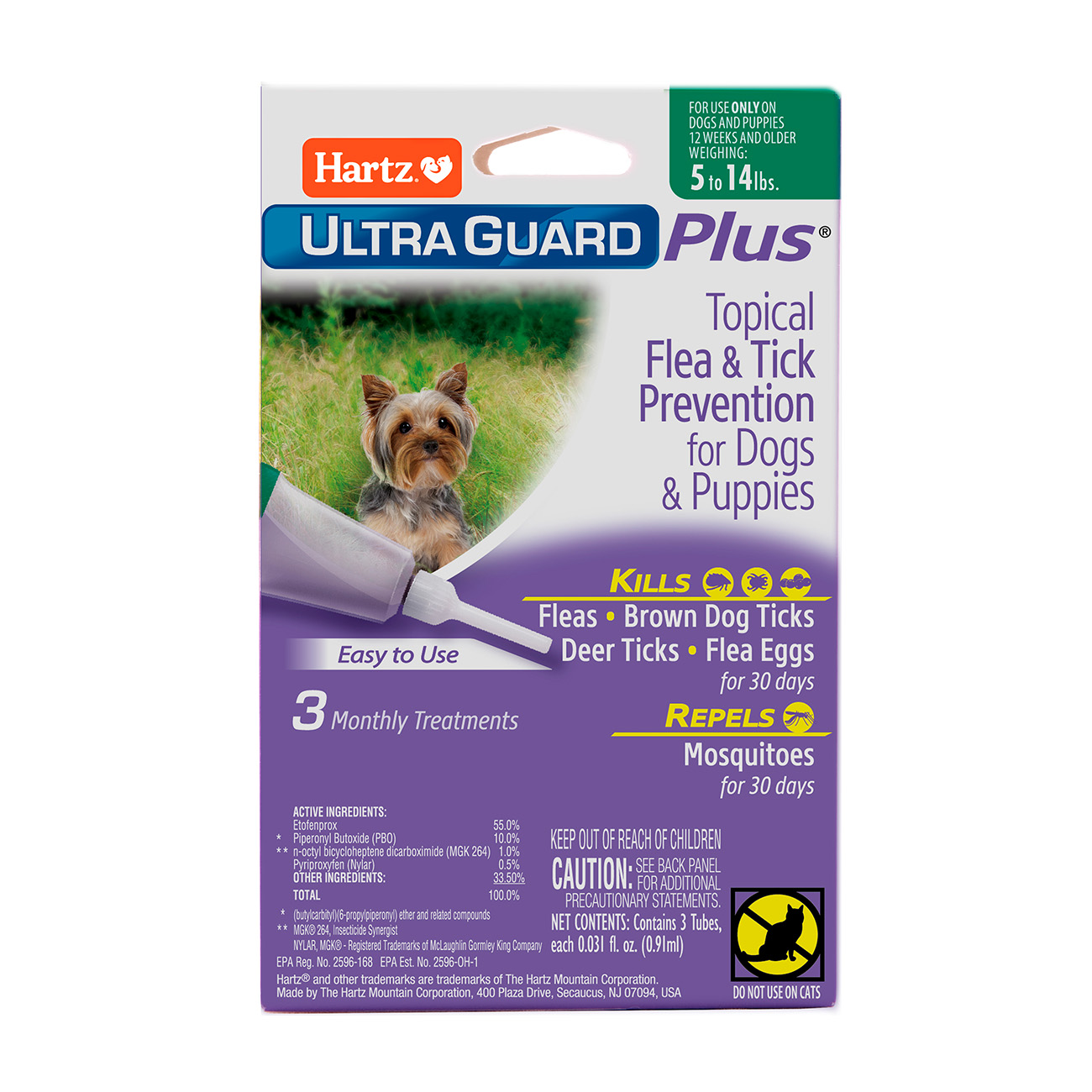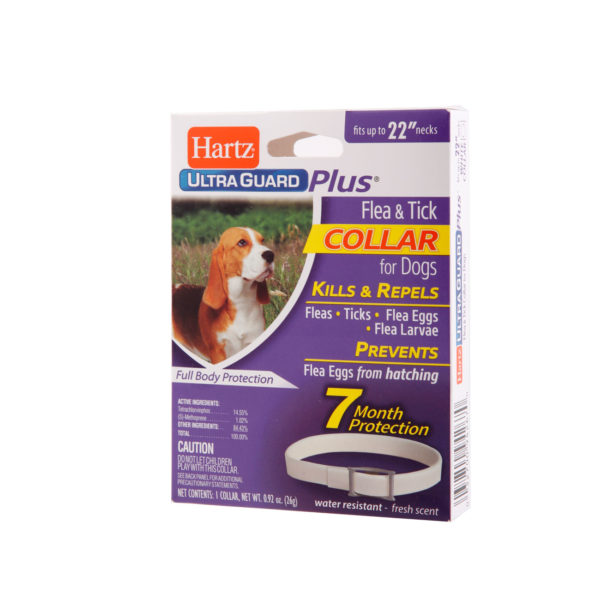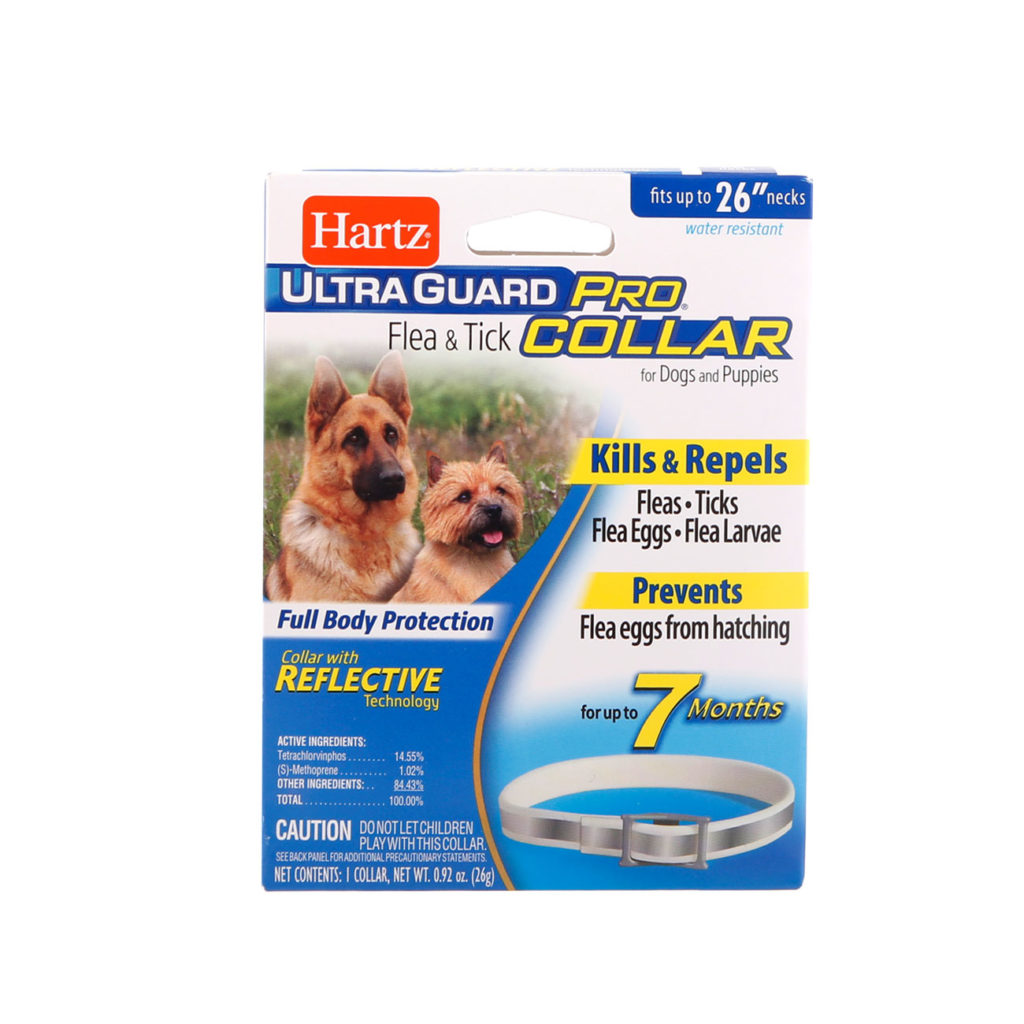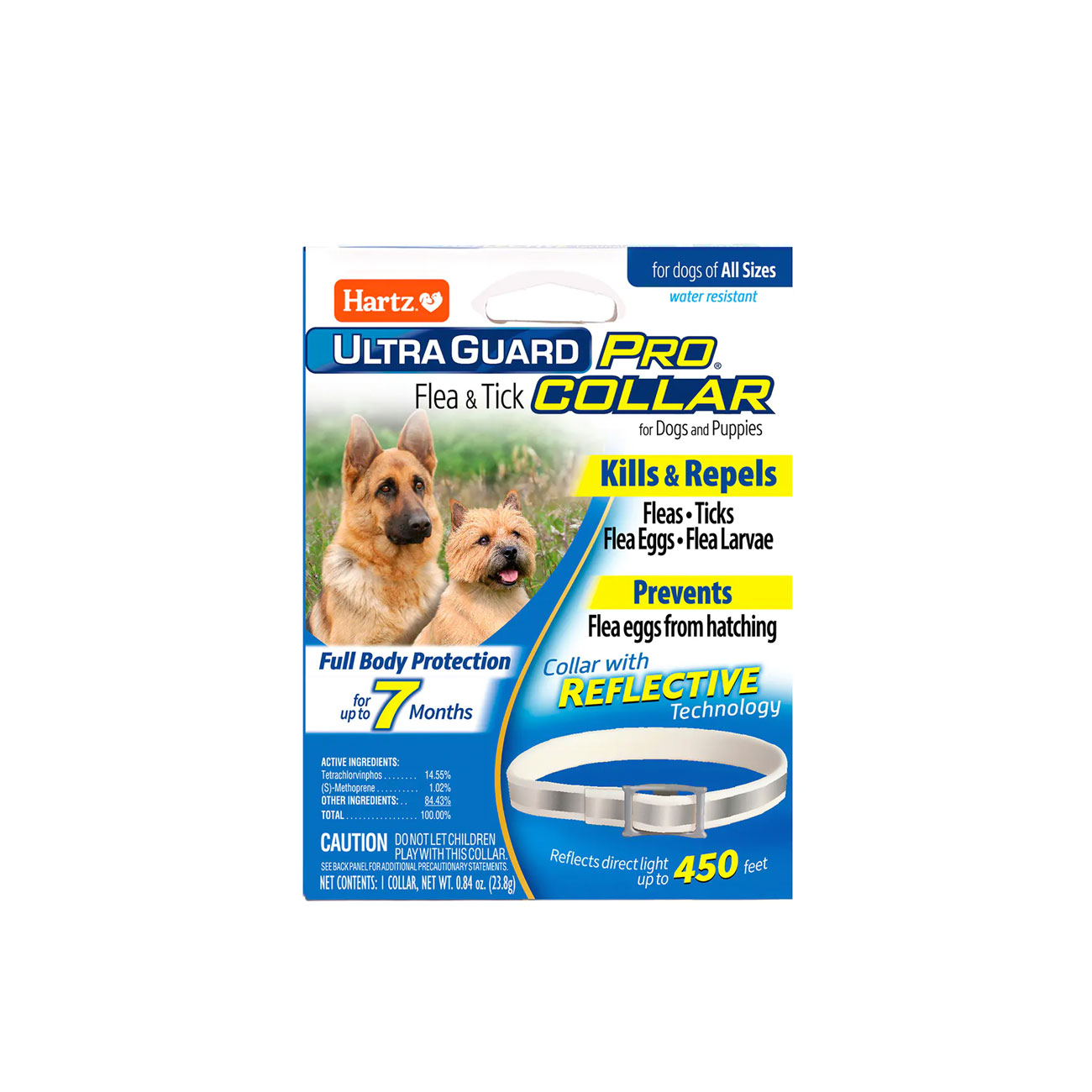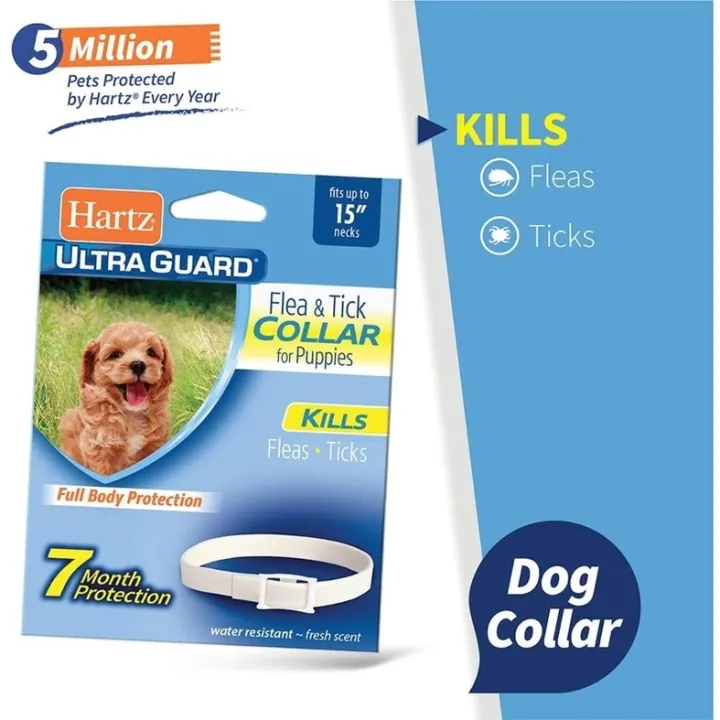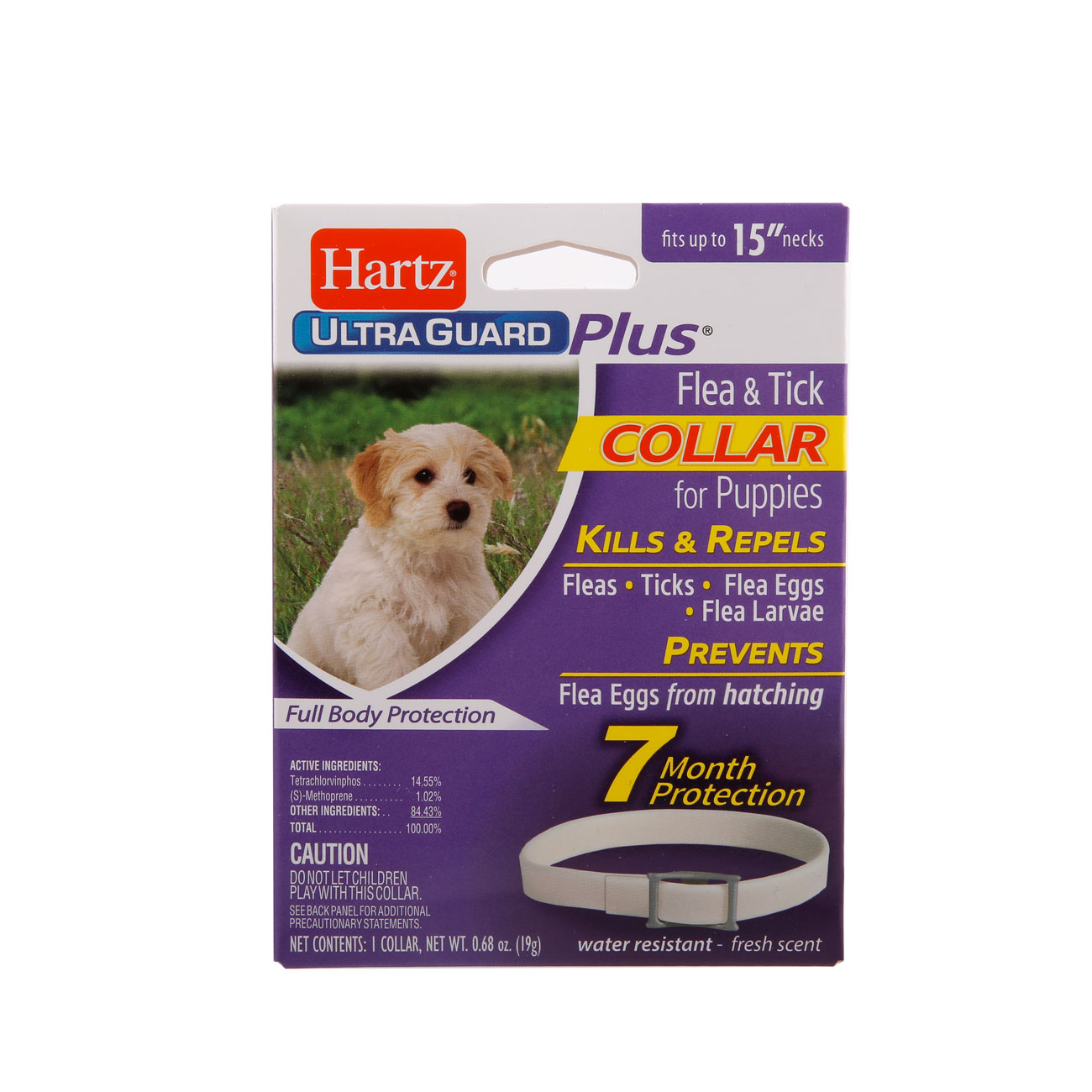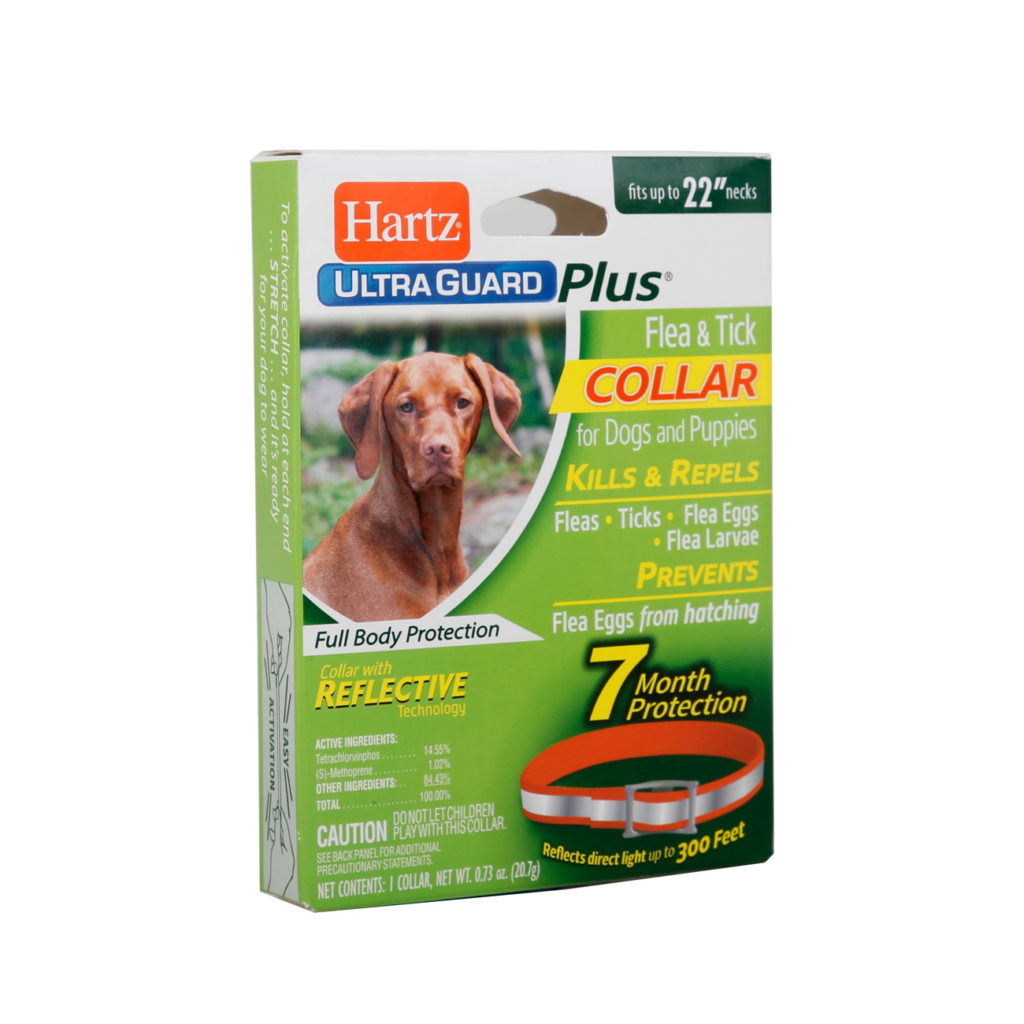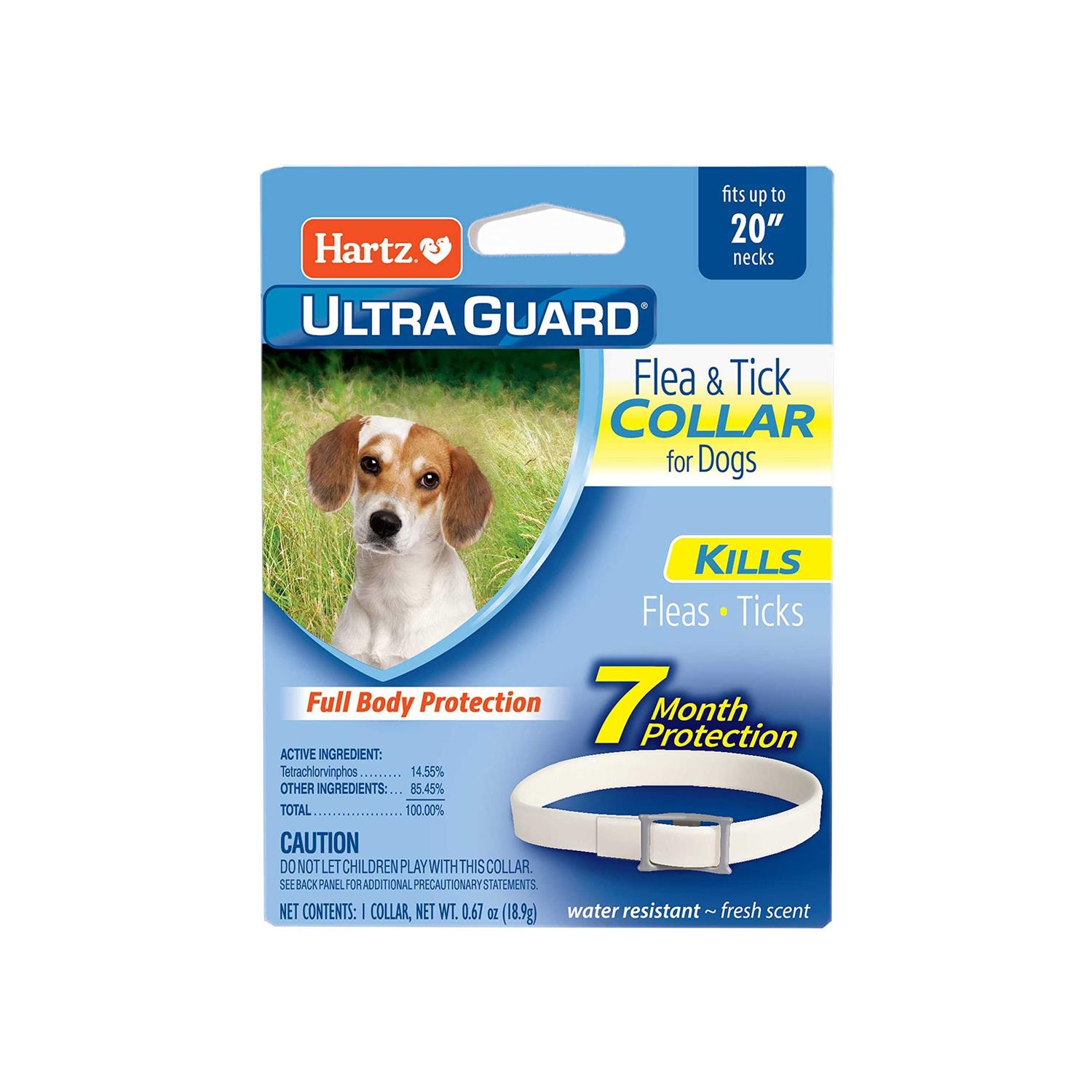Hartz Ultraguard Flea And Tick Collar For Dogs
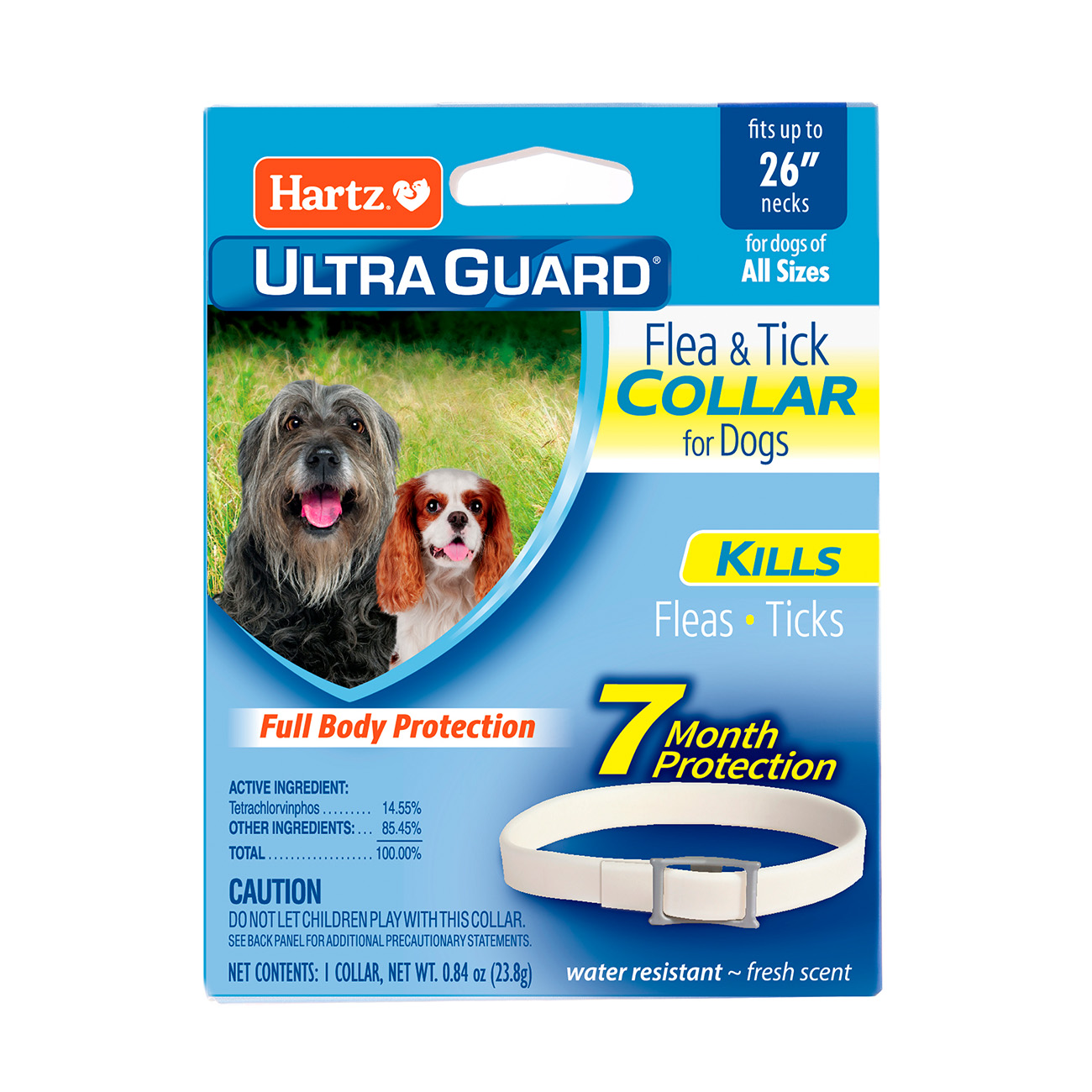
Pet owners across the United States are facing renewed scrutiny regarding the safety and efficacy of flea and tick prevention methods, particularly concerning the Hartz UltraGuard Flea and Tick Collar for Dogs. Concerns about potential adverse reactions and questions about the collar's overall effectiveness have prompted increased discussion among veterinarians, consumer advocacy groups, and pet owners alike.
The Hartz UltraGuard Flea and Tick Collar for Dogs is a widely available and often budget-friendly option for flea and tick control. This article aims to provide a balanced overview of the product, addressing its intended use, potential risks, and the perspectives of various stakeholders in the pet health community.
Product Overview
The Hartz UltraGuard Collar, manufactured by Hartz Mountain Corporation, is designed to provide continuous protection against fleas and ticks for up to seven months. The collar utilizes pesticides that are slowly released onto the dog's coat, aiming to kill and repel these parasites.
It is available in various sizes to accommodate different dog breeds and weights. Hartz markets the collar as an accessible and convenient solution for pet owners seeking affordable pest control.
Reported Adverse Reactions
Over the years, the Environmental Protection Agency (EPA) has received numerous reports of adverse reactions associated with flea and tick collars, including those manufactured by Hartz. These reports, available in the EPA's public database, detail a range of issues.
These include skin irritation, hair loss, lethargy, vomiting, seizures, and, in rare cases, death. Consumer advocacy groups often point to these reports as evidence of potential risks associated with the use of these collars.
Hartz, in response to such concerns, maintains that their products are safe when used according to label directions. They emphasize the importance of proper collar application and monitoring pets for any signs of adverse reactions.
Veterinarian Perspectives
Veterinarians hold varying opinions on the use of Hartz UltraGuard and similar over-the-counter flea and tick collars. Some express concerns about the effectiveness and safety of these products compared to prescription-strength alternatives.
These veterinary professionals often recommend prescription medications. They view these medications as having undergone more rigorous testing and offering more targeted pest control with potentially fewer side effects.
Other veterinarians acknowledge the accessibility and affordability of Hartz collars, recognizing their potential benefit for pet owners with limited resources. They typically advise close monitoring for adverse reactions and strict adherence to label instructions.
EPA Regulations and Oversight
The EPA is responsible for regulating pesticides used in flea and tick control products, including those found in Hartz collars. The agency requires manufacturers to conduct studies demonstrating the safety and efficacy of their products before they can be sold to the public.
The EPA also investigates reports of adverse reactions and can take enforcement action if it determines that a product poses an unreasonable risk to pets or humans. However, the sheer volume of flea and tick control products on the market and the limited resources of the EPA can make comprehensive oversight challenging.
Consumer Advocacy and Awareness
Consumer advocacy groups play a crucial role in raising awareness about potential risks associated with flea and tick control products. They often publicize reports of adverse reactions and advocate for stricter regulations and more thorough testing.
These groups frequently advise pet owners to research different flea and tick prevention options, consult with their veterinarians, and carefully weigh the potential risks and benefits before making a decision. They also encourage pet owners to report any adverse reactions to the EPA.
Conclusion
The Hartz UltraGuard Flea and Tick Collar for Dogs presents a complex issue with varying perspectives. While it offers an accessible and affordable option for flea and tick control, concerns about potential adverse reactions warrant careful consideration.
Pet owners should prioritize consulting with their veterinarians to determine the most appropriate and safest flea and tick prevention method for their individual pets. Careful monitoring for any signs of adverse reactions is also essential when using any flea and tick control product.
Ultimately, informed decision-making and proactive communication with veterinary professionals are key to ensuring the health and well-being of our canine companions. Always prioritize the health of the dog above all other factors.
